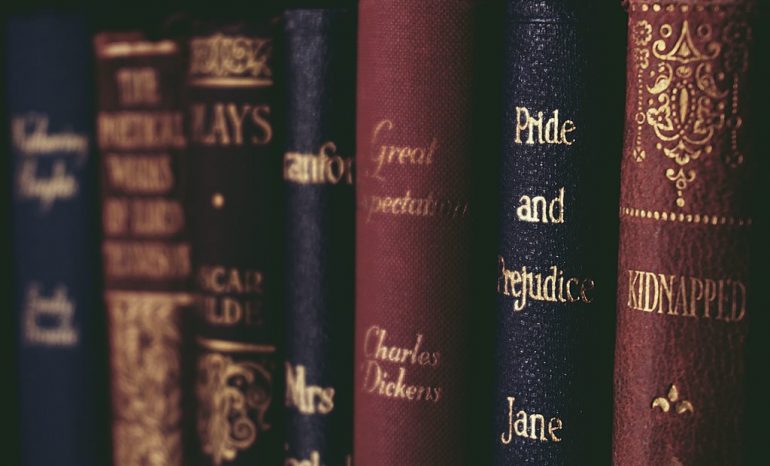Today or a hundred years ago, people were always encouraged to develop the habit of reading. Not only does reading provide you with knowledge but it also gives you a sense of identifying with the world you live in. When you pick up a work of fiction, you read something that is not entirely true but you gravitate towards it. Have you ever wondered why? Well, when you read fiction, you forget yourself and read about someone else.
You transcend to a different world you know nothing of. A novel is a book-length story. It is fictitious with an undertone of realism. All novels can be fiction but not all fiction is a novel. This is the most confused concept when it comes to understanding what a novel is. But when did this all begin?
In India, it is believed that some stories and transcripts were carved in thick wooden panels and in thick fallen leaves. Some of these old carvings have also been preserved and printed into books but to trace back to the origin of the novel, we need to go back to 18th century Europe. In Italy during the 1700s, certain stories that focused on the plot and character development were termed as “novellas”. Scholars then cornered stories that concentrated on the understanding and the workings of human behaviour which was then separately categorized as “the Novel”.
This was the same period when the industrial revolution began. With the growing middle class population, people had a lot to write and more leisure time to read. This paved the way for writers to thrive. Early novels dealt with the complexities of life, human reaction towards and read about how people found it hard to get accustomed to the constantly changing reality. Some novels of this period also dealt with the stereotypical issues that were starting to solidify. The best example for this would be all of Jane Austen’s and Emily Dickinson novels.
The 18th and 19th century was dominated by Romanticism. The novels of the Romantic era concentrated on the beauty of nature and imagination rather than reason and logic. Wordsworth, Blake, Keats and Mary Shelly wrote many poems on nature juxtaposed with almost anything and everything. This opened a lot of new perspectives for people. Many reached out to these novels that were rich in beauty and emotion for solace, comfort and escape from the mundane mechanical life. But this period of time was also widely known for Goth. The Bronte sisters shone during this time even though it was behind pseudonyms.
In the Victorian era people were drawn to novels that held the stories of society. Authors like Charles Dickens were well known during and after for their notable works that brought to life the reality of that age. Fantasy also grew as a genre with the release of “Alice’s Adventures in Wonderland” by Lewis Carroll. Later, with the advent of industrialization, realism began to spread like wildfire in the world of novels.
People began to lose interest in stories that always portrayed a hero who saved the world. With realism, they began seeking characters that were close to reality, that showed how vulnerable humans actually were. Tragic heroes became a thing and people were drawn towards novels that left them weeping or making changes to their own lives.
Further as time passed on, modernism and postmodernism gave rise to novels that compared the positions of god and humans. It questioned the role and existence of a divine being. While the modern novels depicted and wrote about the lives of people amidst world wars, postmodern novels plunged into a surreal world of realism fused with magic and fantastical elements. Postmodern novels also gave birth to the origin of graphic novels and illustrations that prove the actions can speak more than words.
We live in a postmodern world that questions and critiques everything that comes its way. Novels have been places we can’t reach but can still go to whenever we need to. With the development in technology, digital means of seeking entertainment have been an overnight boon but novels and literature are not threatened by it. In fact, we have audiobooks and ebooks that make life easier.
But you won’t deny the raw emotions clawing at your heart when you hold a physical book in your hand, your eyes sweeping through words while your brain builds a new world for you. The crackling sound of pages turning and the aroma of books that can never be accurately described, novels have become a part of who we are, growing with us every other day and they live beyond our years when we fall to the ground.




